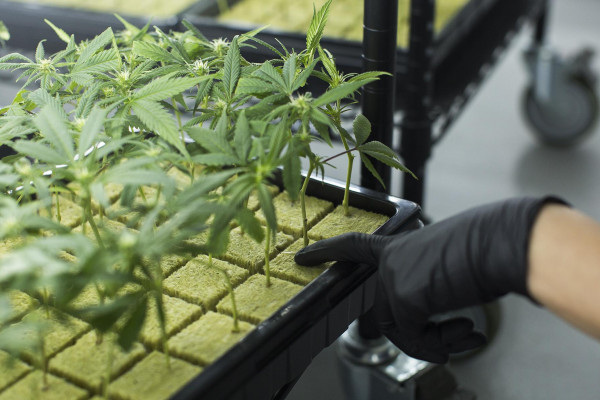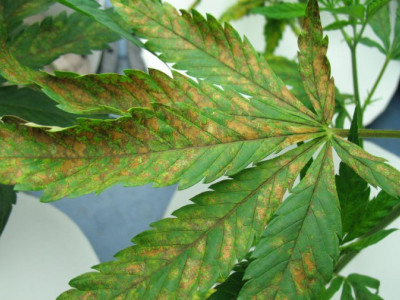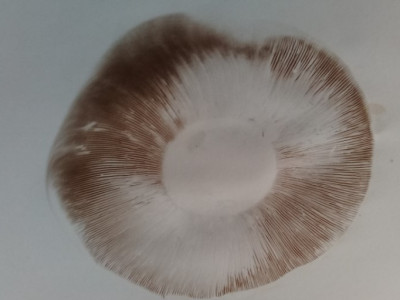0.00 грн.
CheckoutPlant training - progressive grooving

Some growers prefer to follow the natural growth of a shrub, but skilled botanists learn progressive growing techniques and influence yields themselves. There are many ways to train, and everyone has to learn gradually. Cannabis loves regularity and does not tolerate complex experiments from beginners - only confident and conscious methods bring results. Coffeeshop® warns: it's not easy, but it's extremely effective.
Progressive Growing for Big Yields
There are the following types of plant training:
- LST (Low Stress Training)is a gentle way to shape your plant and increase the number of productive colas. It consists in the redistribution of ausin growth hormone (in the normal state it is concentrated at the top) and its redirection into the emerging branches. LST is the bending of the stem of a young bush so that light and air reach all floors equally. There is a fold option for 80 lvl growers - using the ScrOG-grid. It is more complicated, but the essence is the same - a mesh barrier prevents the plant from stretching upwards and forces it to take a compact shape.
- Pruning. There is an upper (topping or LST) and a lower leaf pruning. The first is practiced after the appearance of 4-5 floors. In this case, the crown (meristem) is removed from the plant so that a small tip with small leaves remains. This allows the bush to form two meristems and, accordingly, two cones in place of one, laid down by nature. The undercut is called the Schweize method. They resort to it when the vegetative period comes to an end. It is dangerous to do this before - the plant has not yet increased its vegetative mass, and each extra torn off leaf leads to a slowdown in development.
- Super cropping - pinching the tips. Its essence is to squeeze the internal veins without damaging the skin. This allows you to slow down the growth of a branch, for example, the top, and create a uniform, even crown. Some growers twist and crush even the cannabis stalk, reinforcing it with bandages and splints. These forms hardened areas in places of injury, which make the stem stronger.
- Girding. This method of training plants in growing is one of the oldest, but not everyone knows about it. The bottom line is to establish a barrier to the outflow of juices to the lower part of the plant, increasing their concentration from above. You can drag the stem during the growing season, the middle of flowering and 2 weeks before harvest. The screed must be installed on the stem directly above the ground. You can use any rigid system: clamps, iron caps or construct rings from cold welding.
Things a grower needs to remember before training cannabis
Five golden rules of intensive planting for fleshy buds:
- Don't exacerbate stress. If the plant does not look vigorous, is not eating well, or has survived the invasion of parasites, it is better not to touch it until it gets stronger.
- All training associated with cutting is much more traumatic for the plant than bending. If you are just learning the art of progressive growing, start with LST and FIM, and only then make it harder for yourself and cannabis.
- Use only sterile instruments. It is easy to bring a disease into an open wound on a bush or open a passage for parasites, so sprinkle the damaged areas with ashes. Before work, wipe hands and all tools with alcohol.
- After cutting the foliage, do not leave stumps that can rot.
- Prefer the sharpest possible tools. Ideally, use disposable blades or sharp pruners. If you use the tool outdoors, do not bring it into your home greenhouse - it may contain fungus spores, parasite eggs, etc.
Pump up in growing with Coffeeshop®. Visit us to purchase everything for marijuana cultivation and cannabis cultivation only on the territory of those countries where it is allowed in law.
Comments:0
Reviews:
Related articles
Lack of calcium in marijuana - reasons
Calcium deficiency in cannabis can harm or severely limit the yield. Because every breeder is concerned with the best performance of the plant, early detection of calcium deficiency can be of paramount importance. This mineral element provides struct..
Growing Psilocybes at Home: Step-by-Step Process
Psilocybes are a common type of toxic mushroom that is characterized by hallucinogenic properties. This is due to the increased content of the alkaloids psilocybin and psilocin. The most potent spores of hallucinogenic mushrooms can be found in Mexic..

